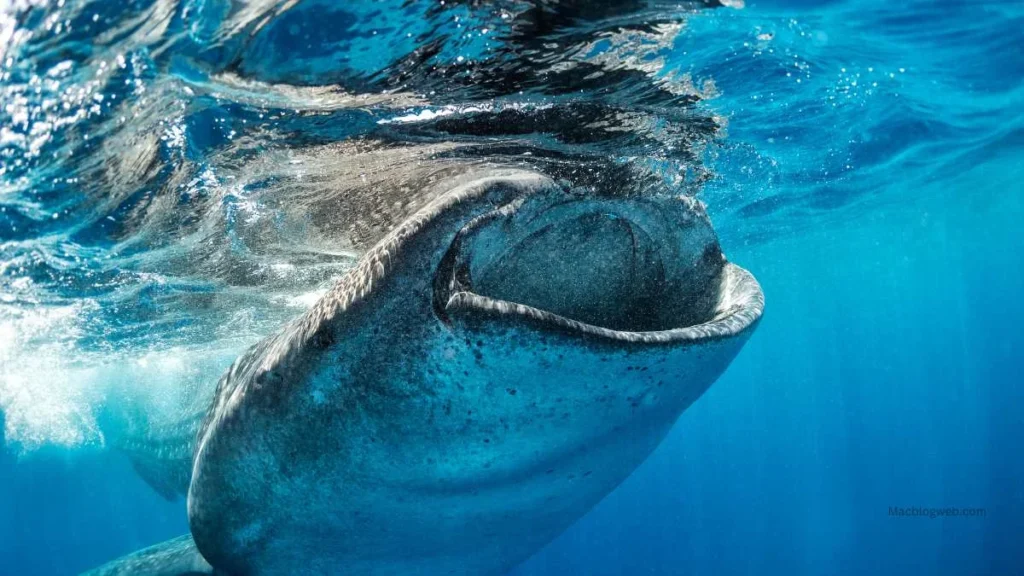The gummy shark, scientifically known as Mustelus antarcticus, holds a unique position within the marine biodiversity of Australia’s southern seas. Also referred to as the Australian smooth hound, flake, sweet William, or smooth dog-shark, this species of ground shark is part of the family Triakidae and the genus Mustelus. Renowned for its culinary value and distinctive physical characteristics, the gummy shark is a subject of both commercial fishing and scientific study. This comprehensive article explores the biology, behavior, habitat, and conservation status of the gummy shark, offering insights into its ecological role and the challenges it faces.
Taxonomy and Description of gummy shark
The gummy shark is often confused with its close relative, the eastern spotted gummy shark (Mustelus walkeri), with some experts considering them to be the same species due to overlapping characteristics and habitats. The gummy shark is a slender shark characterized by a dark grey upper body speckled with white spots and a contrasting silvery-white underbelly. This shark is named for its distinctive flat, plate-like teeth designed to crush prey, giving the appearance of being almost toothless.
Adult male gummy sharks can grow up to 157 cm (62 in), while females can reach slightly larger sizes of up to 175 cm (69 in). At birth, sharks measure between 30 and 35 cm, growing to a minimum size of about 45 cm in adulthood.
Habitat and Distribution
The gummy shark is primarily found in the southern waters of Australia, where it prefers sandy and muddy seafloors near the continental shelves. As benthic creatures, they spend most of their time close to or on the seabed, though their movement patterns can vary based on age and sex. Juvenile gummy sharks typically remain in confined areas, while adult females are known to migrate over longer distances. These sharks are most often seen near shorelines at night when they venture closer to the surface to hunt for food.
Diet and Feeding Habits
Gummy sharks have a diverse diet that includes crustaceans, marine worms, small fish, and various cephalopods such as octopus, squid, and cuttlefish. Their specialized teeth are not only a defining characteristic but also an adaptation that allows them to crush the shells and bodies of their prey, facilitating easier digestion. This diet reflects their role as predators in controlling the population dynamics of these marine organisms, contributing to the ecological balance within their habitat.

Reproduction and Lifecycle
Gummy sharks are viviparous, which means they give birth to live young rather than laying eggs. The gestation period for sharks is about 12 months, culminating in the birth of four to 16 pups per litter. The relatively long gestation period and the modest number of offspring reflect a reproductive strategy that balances offspring survival with parental investment. This strategy is typical of many shark species, which often face significant challenges in reaching maturity and reproducing in the wild.
Fishing and Culinary Use
Gummy sharks are highly valued for their meat, particularly in Australia, where they are often marketed as “flake.” Recognized for its mild flavor and firm texture, shark meat is a staple in Australian fish and chips cuisine. However, the popularity of shark as a food source has led to concerns over fishing pressures and population sustainability. Sustainable fishing practices and management regulations are crucial to ensuring that shark populations remain healthy and viable.
Conservation Status
While the gummy shark is currently not listed as endangered, it faces threats from overfishing and habitat degradation. Conservation efforts are focused on implementing sustainable fishing quotas and protecting critical habitats from environmental degradation and human interference. Ongoing research and monitoring are conducted to better understand population dynamics and adapt conservation strategies accordingly.
Conclusion
The gummy shark is an intriguing species that plays a significant role in both marine ecosystems and human cuisine. Its unique physical attributes, ecological importance, and economic value make it a notable shark species in the waters of southern Australia. As with many marine species, understanding and respecting the shark’s role in the ocean is key to its preservation and the overall health of marine biodiversity. Sustainable practices and continued research will be essential in ensuring that future generations may also experience the benefits of this remarkable shark.








